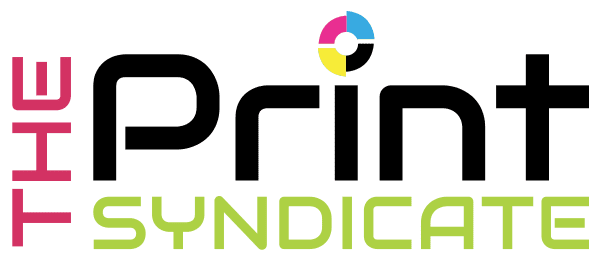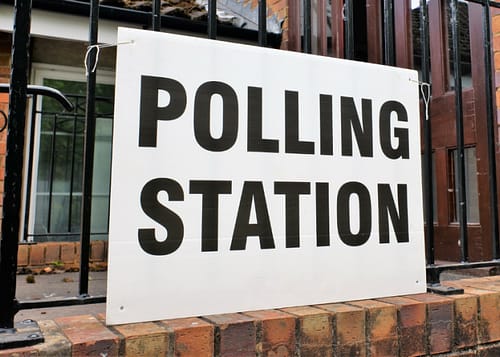In the realm of print design, the selection of fonts is a pivotal decision that can significantly impact the visual appeal, readability, and overall effectiveness of your printed materials. Fonts, or typefaces, play a crucial role in conveying the tone, personality, and message of your content. Whether it’s for business cards, brochures, posters, or any other printed material, the right choice of fonts can elevate your design to new heights. In this blog, we’ll embark on a typography journey to explore the key considerations and tips for choosing the best fonts for your printed materials.
Understanding the Basics: Serif vs. Sans Serif
Before diving into the nuances of font selection, it’s essential to grasp the basic categorization of fonts: serif and sans serif. Serif fonts, characterized by the small lines or strokes attached to the ends of letters, convey a traditional, formal, and classic feel. On the other hand, sans serif fonts, lacking those decorative strokes, present a modern, clean, and minimalistic aesthetic. Understanding the mood you want to evoke is the first step in narrowing down your font choices.
Matching the Brand Vibe: Consistency is Key
Consistency in branding is paramount, and your choice of fonts should align seamlessly with your brand identity. Consider the personality of your brand – is it bold and contemporary or refined and elegant? Your fonts should mirror this vibe across all printed materials to create a cohesive and recognisable brand image. Consistency in font usage fosters brand recall and reinforces your visual identity.
Legibility Matters: Prioritising Readability
No matter how aesthetically pleasing a font may be, it’s crucial to prioritize readability. The purpose of printed materials is to convey information, and if your audience struggles to read the content, your message gets lost. Sans serif fonts are often preferred for body text in printed materials due to their clean and legible characteristics. However, if you’re aiming for a more traditional look, serif fonts can be used effectively with careful consideration of size and spacing.
Hierarchy and Contrast: Guiding the Reader
Creating a hierarchy in your printed materials through font choices is a design technique that guides the reader’s attention. Use different font weights, sizes, or styles to distinguish between headings, subheadings, and body text. The contrast in fonts creates visual interest and helps readers navigate the content effortlessly. For instance, pairing a bold, attention-grabbing font for headlines with a clean, easy-to-read font for body text can enhance the overall readability and impact of your printed materials.
Consider Your Audience: Tailoring Fonts to Demographics
Understanding your target audience is a fundamental aspect of effective communication, and this applies to font selection as well. Different demographics may respond differently to various font styles. For instance, a youthful and trendy audience might appreciate modern, sans serif fonts, while a more mature demographic might find comfort in classic, serif options. Consider the age, preferences, and cultural nuances of your audience to make informed font choices that resonate with them.
Versatility Across Platforms: Thinking Beyond Print
In today’s multi-platform world, your printed materials often coexist with their digital counterparts. While print design focuses on the tangible, tactile experience, it’s essential to choose fonts that translate well across various mediums. Opt for fonts that maintain their integrity and legibility whether viewed on a printed brochure or a digital screen. This versatility ensures a consistent brand experience regardless of the platform.
Exploring Font Pairings: Harmonising for Impact
Font pairing is an art that involves selecting complementary fonts to create harmony and visual impact. Experimenting with combinations of serif and sans serif fonts, or mixing different styles, can add depth and character to your design. Strive for a balance that enhances readability and aesthetics. Online resources and font pairing tools can be valuable allies in discovering combinations that resonate with your design goals.
Colour and Texture: Enhancing the Visual Appeal
Fonts don’t exist in isolation – they interact with colours, images, and textures to create a holistic design. Consider the overall colour scheme of your printed materials and how fonts can enhance or contrast with these colours. Experimenting with font colours, styles, and background textures can add layers to your design, making it visually engaging and memorable.
Testing Before Printing: The Final Check
Before sending your design to the printers, it’s crucial to conduct a final check to ensure that your chosen fonts render correctly and maintain their intended appearance. Pay attention to font sizes, spacing, and overall layout. If possible, print a small test run to evaluate how the fonts appear on paper. This last-minute check helps catch any unexpected surprises and ensures that your printed materials align with your design vision.
Conclusion: Crafting a Typographic Masterpiece
In the realm of print design, the journey of choosing the best fonts for your materials is a nuanced and creative process. It involves understanding the personality of your brand, prioritizing readability, creating hierarchy, and considering the preferences of your target audience. The art of typography goes beyond aesthetics – it’s about crafting a typographic masterpiece that not only




